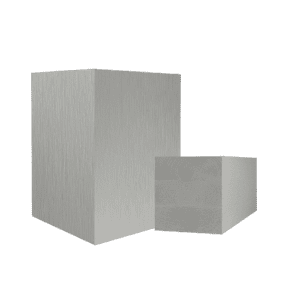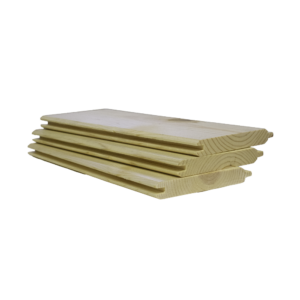Technical Report:
The Science Behind Wood Preservation
Water in Wood – The Diffusion Process
Wood preservation has been around for centuries. Coal-tar creosote was patented as a preservative treatment in 1836. Dr. Karl Wolman, a pioneer in wood preservation, first patented a fluoride-based preservative in 1907. Much more and many improvements have been made to make preservation of wood fiber better and safer since the early days.
Wood is hygroscopic, meaning that it can attract and hold water molecules from the surrounding environment. The mechanism by which all non-pressure treated wood undergoes preservation treatment is water vapor diffusion. Diffusion replaces the water in cells with the preservative chemical. We don’t have to replace ALL the water in the piece of lumber. Preservation is primarily concerned with sapwood which is the outer layer directly beneath the bark. This is the physiologically active part of the tree and is most susceptible to decay after sawn into lumber. See more in the full report.
Download your free report to find out how preservatives can improve the performance of your exterior trim.
RECEIVE OUR BULLETIN
Download the full Technical Bulletin
Learn more about the science behind wood preservation, by providing your email in the form above to receive access to the full report. Read online or download the PDF version of the “The Science Behind Wood Preservation”.
In our technical bulletin, you will receive more detailed information about the effects of water in wood. Also how preservatives work to improve the performance of surface treated wood products.





